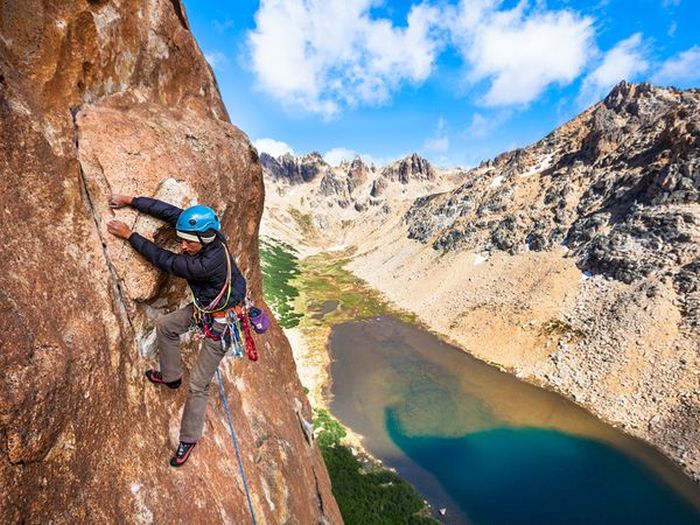|
|
Extreme Sport Photography
|
Overview
While use of the term "extreme sport" has spread far and wide to describe a multitude of different activities, exactly which sports are considered 'extreme' is debatable. There are however several characteristics common to most extreme sports. While not the exclusive domain of youth, extreme sports tend to have a younger-than-average target demographic. Extreme sports are rarely sanctioned by schools. Extreme sports tend to be more solitary than traditional sports. In addition, beginning extreme athletes tend to work on their craft without the guidance of a coach (though some may hire a coach later).
Activities categorized by media as extreme sports differ from traditional sports due to the higher number of inherently uncontrollable variables. Athletes in these activities compete not only against other athletes, but also against environmental obstacles and challenges. These environmental variables are frequently weather and terrain related, including wind, snow, water and mountains. Because these natural phenomena cannot be controlled, they inevitably affect the outcome of the given activity or event.
In a traditional sporting event, athletes compete against each other under controlled circumstances. While it is possible to create a controlled sporting event such as X Games, there are often variables that cannot be held constant for all athletes. Examples include snow conditions for snowboarders, rock and ice quality for climbers, and wave height and shape for surfers.
|
|









